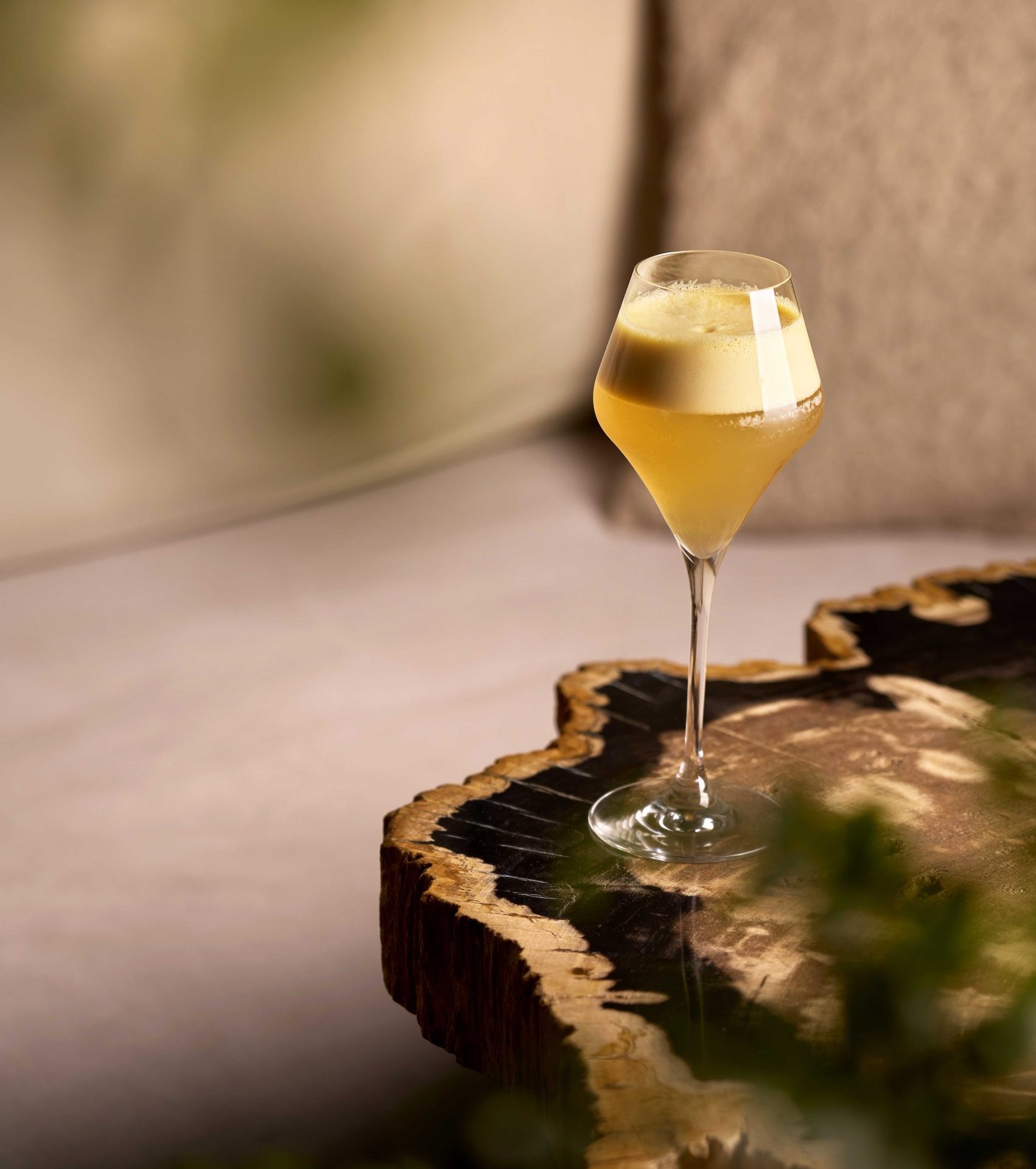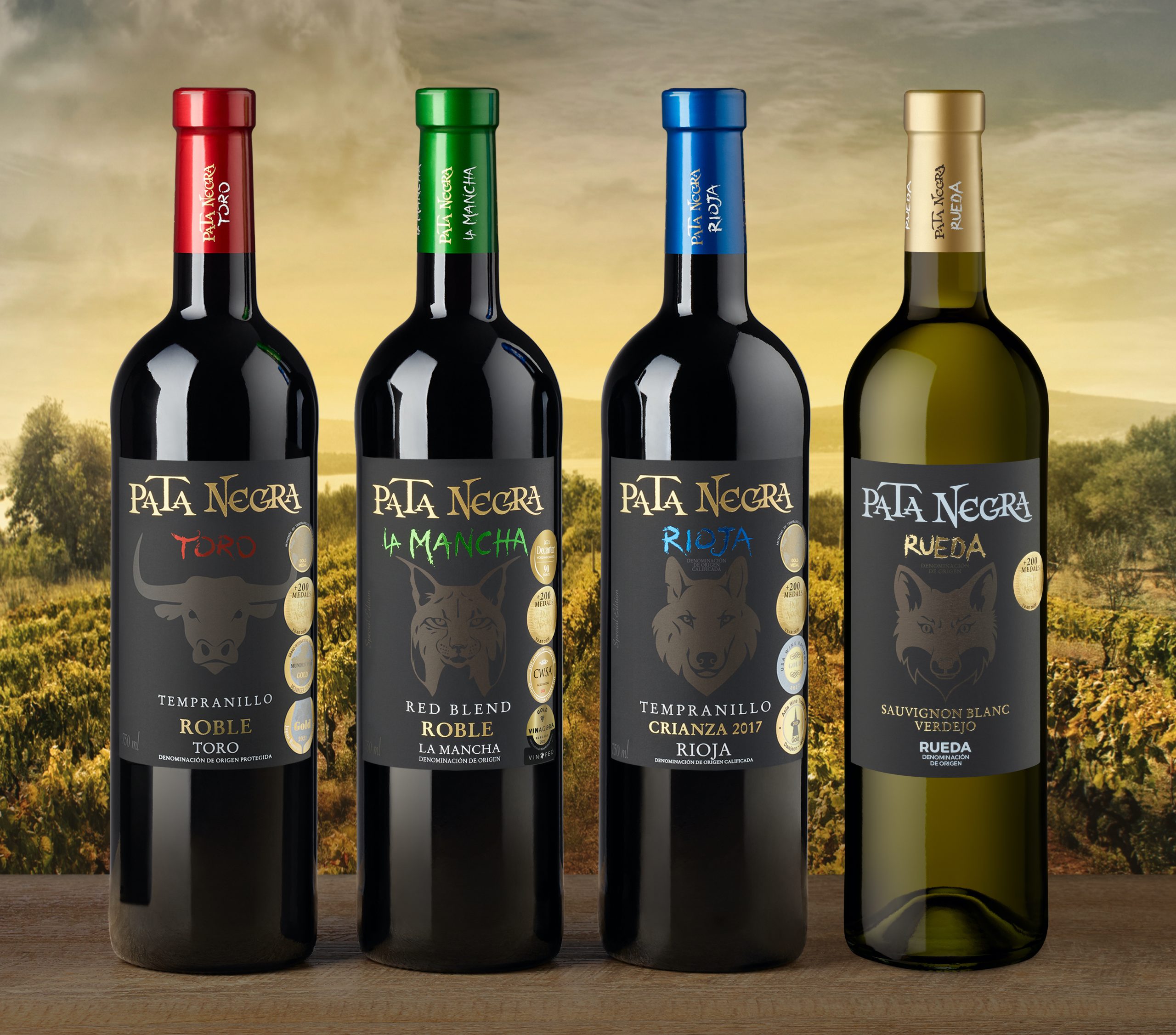Rainbow Wines On The Rise
Like all wine producing countries, South Africa has its problems, but producer innovation and a positive global image bodes well for future sales. Phil Pemberton reports
SOUTH AFRICAN wine producers appreciate the UK and, glancing at last year’s Nielsen results, it seems the feeling is mutual. It was the fastest growing country of origin in 2002, in terms of both volume and value, ahead of what used to be unassailable Australia.
And against a general industry figure for value and volume of 6%, South Africa gained 26% on volume and 24% on value. That’s enough damned statistics for now, for, as we all know, they only tell part of the story.
South Africa is entitled to feel pleased but those figures are largely a result of a small number of leading brands, with the most visible name in the UK being Kumala. This brand is viewed with grudging respect by many producers in South Africa as it as seen rather as a triumph of wine marketing rather than a success of an established SA label.
But a success it certainly has been as James Reid, the South African operations director for the brand owner Western Wines, confirms. "More than 20% of all South African wine sold in the UK is Kumala," he says, "and we are the only wine from the country to be in the top ten of best selling wines."
In an attempt to raise the value element of the brand Kumala has restructured its range which now begins at the dual varietal (£3.99 to £4.99) and extends to the single vineyard series (£14.99). "We aim to become the number three best-selling wine in the UK," says Reid.
So Kumala is the current leading light of the UK scene, but who are the other South African champions? In terms of market share Kumala is followed by Arniston Bay, KWV, and WestCorp’s Namaqua and Goiya. Namaqua is the number one South African boxed wine and Simon Halliday, MD of importers Raisin Social and co-owner of Beyerskloof, comments:
"The bag-in-box sector is booming, the wines are non-pretentious, easy-to-drink and adapted for the UK consumer." Other notable big players are Cape Promise from the Waverley Group and new Distell brands Obikwa, Oracle and Stone Gables.
Distell and KWV are two of the largest homegrown wine companies trying to compete on the global scene, but there is a rich supporting cast. Boschendal is a well established name in the UK and is aimed firmly at the premium market, with no wine sold below £5. "We had an 8% share of the UK market in 2002," says Kirsty Bridge from importers Paragon Vintners.
"And the growing success in the off- and on-trade has caused Boschendal to re-route some of its wine to the UK and also continue its development by doubling the marketing spend last year," she says. Bridge believes it’s important for South Africa to make inroads into the on-trade.
"We make a lot of effort in this area and we are beginning to see the benefits," she says. "It was only a couple of years ago that South Africa barely got a mention on the majority of wine lists but things are definitely changing. We keep repeating the message about what good value SA wines are for the quality and it’s starting to sink in."
Bochendal’s latest campaign is a promotion with wine bar chain Jamies for customers to win a "Boschendal picnic" at an open air concert. Other notable success stories include Fairview which has had massive worldwide success with its cheeky Goats do Roam and has just released a brand extension in the form of Goats d’Afrique.
Also Graham Beck, the South African coal magnate, has built sparkling new production facilities and is known in the country for his savvy business deals. "These new ventures are not a rich man’s whim," says the company’s marketing and sales director Jacques Roux. "It’s a serious business and he wants returns.
The company is ambitious and we see opportunities. For example, the US market is there to be developed. "The current reaction you get from the States is ‘Wow, they grow grapes in Africa?’ but the market is there for something new that delivers on quality and that’s what Graham Beck and South African wine in general, if progress continues to be made, can offer," Roux argues.
The explosion of interest in South Africa as an inexpensive, attractive place to retire to and have a second home in has caused many rich people from Sweden and Germany to buy land and try their hand at making wine.
There is also a growing band of "garagistes" – talented, eccentric, but relatively small scale producers. But the list of the truly professional operators is growing too, with innovators such as Mike Ratcliffe at Warwick, Marc Kent at Boekenhouskloof and Kevin Arnold at Waterford all deserving a mention and no doubt getting increasing attention in the coming years. Arnold is one of the smaller producers creating premium wines who believes it is these producers, not the large companies, that are really behind building South Africa as a brand.
"The large companies have not yet produced a great South African icon brand so the challenge is on for the small-to- medium producers," he says. "I am also a firm believer in ‘destination marketing’ – selling the country as a brand and increasing the interest in South African wines to a worldwide audience by encouraging people to come to the Cape and taste the wines in the beauty of our vineyards."
When the marketing men and women from Down Under first created the concept of Brand Australia they had the distinct advantage of dealing with four or five major producers who all agreed to grow in the same direction and who helped boost the image and spend of the campaign. South Africa has a diverse blend of small to large operators which is a great strength, but can be a weakness when building a collective group behind a brand.
But among this diversity, are there common themes and challenges facing the country’s producers? Well, the recent Nederburg auction gave the opportunity for one of the UK’s largest retailers to put its point of view. Allan Cheesman, wine consultant with Sainsbury’s, opened the auction with a speech full of warmth and warning.
Pointing out that the general UK trend on shop shelves is not to increase the number of wines available, but to "cull the range and simplify the offer". He argues, therefore, that it is very important to focus on brands. "It’s not just wine brands, but a national brand such as South Africa is a great selling springboard," he explained.
"It is really vitally important that producers, sellers, marketers, agents, wholesalers, buyers and retailers work together to produce efficient category management." Cheesman believes also that the South African offer must be a diverse one.
"From the basic Chenin Blanc to the estate wines – you need claret, but you also need Lafite," he argued. The future innovations currently developing in retailing must also be embraced by producers.
"The virtual range, the socalled ‘clicks-and-mortar’ scenario allows retailers to offer a fuller range of wines, even at super-premium level through internet-based home delivered shopping."
He concluded by re-iterating the brand message: "South Africa has the capability to capatilise on the move to brands and distance itself from the glut of ‘ethnobongo’ labels and names which are meaningless. For example, research tells us that Cape is good."
Partner Content
The mention of Cape as a brand caused many a mutter among the audience who listened to Cheeseman’s speech at the Nederburg auction. It’s a subject on which every Cape producer has an opinion.
The Cape Blend is seen generally in the area as a marketing exercise, an attempt to create an easily identifiable symbol for the Cape and there is much debate about how much Pinotage should be in the wine makeup to justify its Cape Blend tag.
Other producer rumblings concern the quality of Chenin Blanc and whether it really has a future challenging Chardonnay and Pinot Gris. A further issue casting a long shadow in the tasting rooms of the Cape is the recent example of Australia.
Producers are concerned that there has been too much of a rush to make the consumer-friendly Oz-style wines which may work in the short term but come at the expense of losing a distinct South African flavour and character.
However, according to one celebrated commentator on the South African scene, these debates are pretty much smokescreens to the real issues facing the wine industry of the Cape. Michael Fridjhon chairman of the South African Trophy Wine Show and a wine writer for 25 years believes there are three pressing issues facing all producers in the country.
"Firstly thereare what we call ‘transitional issues’, but it perhaps could be termed black empowerment," says Fridjhon. "Then there is the problem of vine disease and finally the strength of the rand. "Because of our history we not only need to deal with the transitional issue, we need to be seen to be dealing with it," he continues. "Journalists do not ask about the conditions of grape pickers in Chile, Argentina or California but they want to know what progress we are making," he adds mischievously.
Fridjhon accepts that efforts are being made by WOSA to address the issue, as the recent announcement of labour law relations consultant Nicky Taylor’s appointment as CEO of the country’s Wine Industry Ethical Trade Association attests.
But Fridjhon believes wine companies could do more. "I think many producers think it’s an unattractive issue when trying to sell their wine," he says, "but I believe it’s something that consumers are concerned about and want information on."
Vine disease is also a problem, argues Fridjhon, which in turn affects the cost of production. "Vineyards can manage the disease to some extent and we can prolong the life of the vines but there is currently no cure, so ultimately the vineyards affected need to be replanted," he says.
Finally, the recent strength of the rand against the pound is a major concern. "If it continues as it has done it will mean less money returning to the Cape and may slow down growth," says Fridjhon.
But currently growth is not a problem for South Africa and, although accepting these valid points, it seems difficult not to fall for the charm and optimism of the country. If it can build on its UK success and establish some truly worldwide brands, thus creating more space for its excellent boutique labels, the future could deliver a pot of wine gold for the rainbow country.
TOURISM AND TRADE
After years of apartheid isolation it’s amazing to witness what a positive image South Africa is continuing to gain internationally. Of course, the miracle of Mandela began the process, but the country has had to continue to grow without ‘father Mandela’ as the benign figure capable of solving all problems.
The importance the government places on tourism and South Africa’s global image was underlined when president Thabo Mbeki gave the opening address to Indaba 2003 – the country’s largest travel trade show. He said: "As Africans we must value our guests and say to those who come from outside our country you are welcome home to the continent that gave birth to all humanity."
WOSA and the South African tourist authority work closely together in promoting the Cape winelands and its chief product. The wine routes in the Cape attract thousands of visitors and innovative producers such as Zorgvliet have grasped the importance of combining a quality wine product with a state-of the-art tourist destination winery.
Zorgvliet has also added to its offer by including Safari trips plus, in a development that will raise gallic eyebrows, the position of the winemaker, Bruwer Raats, is combined with that of marketing.
WOSA’s generic marketing campaign is promoting the beauty of the Cape and is involved in a massive promotion of Cape Wine 2004. The wine trade exhibition, subtitled Wozani – the Zulu for "let’s get together" – will take place in Cape Town’s gleaming new conference centre on March 30 to April 2 next year.
TOURISM STATISTICS
Overseas visitors increased by 20% in 2002, an impressive figure considering world tourism trended negatively. The top four overseas origins are:
UK 442,910 (up 24%)
Germany 248,990 (up 22%)
France 112,078 (up 35%)
Netherlands 110,389 (up 15%)




